10 Most Cruel Human Experimentation That Will Change Your Worldview
Doctors and psychologists are often seen as trusted pillars of society. Everyone assumes those in the medical community would behave in a correspondingly ethical and humane manner. But, in many cases, that is most definitely not the case.
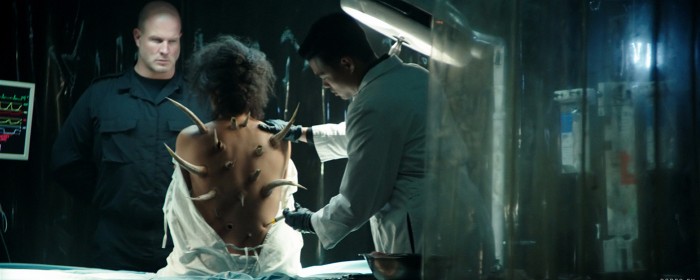
Doctors have always been thought of as the saviors of mankind, the healers, and caretakers of our utter existence. Even ancient civilizations revered the medicine men as having special power to protect life. The trust of a physician is sacred. This list will make you see the other of this sacred trust.
This list of 10 cruel experiments on humans will send shivers down your spines.
10) A Million Infected Mosquitos In Towns
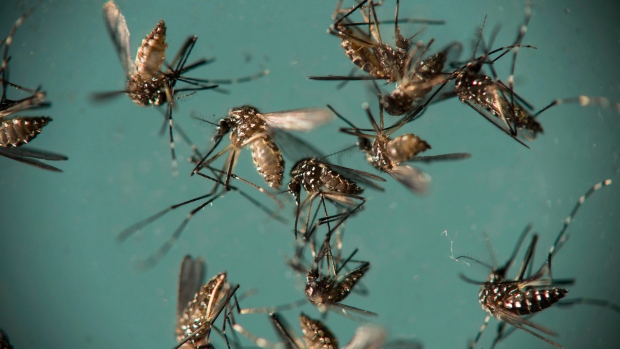
In 1956 and 1957, the United States Army conducted a number of biological warfare experiments on the cities of Savannah, Georgia and Avon Park, Florida. In one such experiment, millions of infected mosquitoes were released into the two cities, in order to see if the insects could spread yellow fever and dengue fever.
Not surprisingly, hundreds of researchers contracted illnesses that included fevers, respiratory problems, stillbirths, encephalitis, and typhoid. In order to photograph the results of their experiments, Army researchers pretended to be public health workers. Several people died as a result of the research.
9) Experiments On Newborn Babies
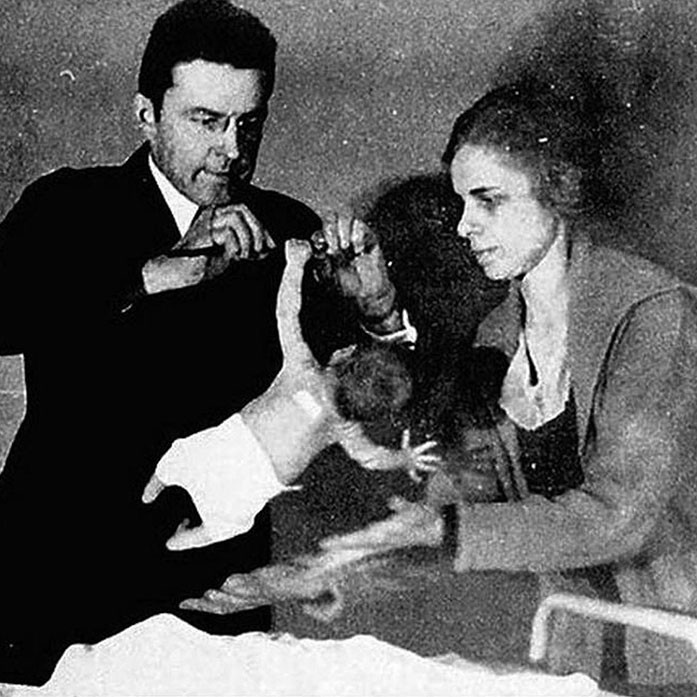
In the 1960s, researchers at the University of California began an experiment to study changes in blood pressure and blood flow. The researchers used 113 newborns ranging in age from one hour to three days old as test subjects. In one experiment, a catheter was inserted through the umbilical arteries and into the aorta. The newborn’s feet were then immersed in ice water for the purpose of testing aortic pressure. In another experiment, up to 50 newborns were individually strapped onto a circumcision board, then tilted so that their blood rushed to their head and their blood pressure could be monitored.
8) Dr. Shiro Ishii's Horrifying Unit 731
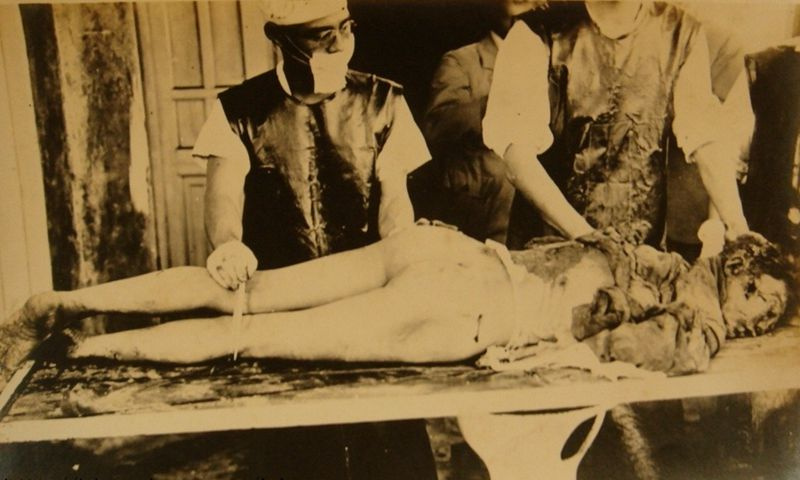
Unit 731 was a covert biological and chemical warfare research and development unit of the Imperial Japanese Army that undertook lethal human experimentation during the Second Sino-Japanese War (1937–1945) and World War II. It was responsible for some of the most notorious war crimes carried out by Japanese personnel.
Some of the numerous atrocities committed by the commander Shiro Ishii and others under his command in Unit 731 include:
- Vivisection of living people (including pregnant women who were impregnated by the doctors)
- Prisoners had limbs amputated and reattached to other parts of their body
- Some prisoners had parts of their bodies frozen and thawed to study the resulting untreated gangrene.
- Humans were also used as living test cases for grenades and flame throwers.
- Prisoners were injected with strains of diseases, disguised as vaccinations, to study their effects.
- To study the effects of untreated venereal diseases, male and female prisoners were deliberately infected with syphilis and gonorrhea via rape, then studied.
Having been granted immunity by the American Occupation Authorities at the end of the war, Ishii never spent any time in jail for his crimes and died at the age of 67 of throat cancer.
7) Children Subjected To Repeated Electroshock And LSD
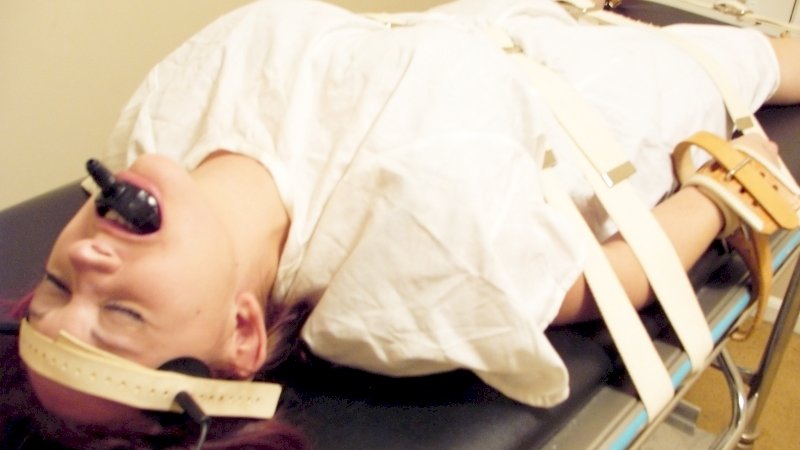
In the 1960s, Dr. Lauretta Bender of New York’s Creedmoor Hospital began what she believed to be a revolutionary treatment for children with social issues — electroshock therapy. Bender’s methods included interviewing and analyzing a sensitive child in front of a large group, then applying a gentle amount of pressure to the child’s head. Supposedly, any child who moved with the pressure was showing early signs of schizophrenia.
Herself the victim of a misunderstood childhood, Bender was said to be unsympathetic to the children in her care. By the time her treatments were shut down, Bender had used electroshock therapy on over 100 children, the youngest of whom was age three.
6) The Guatemala project
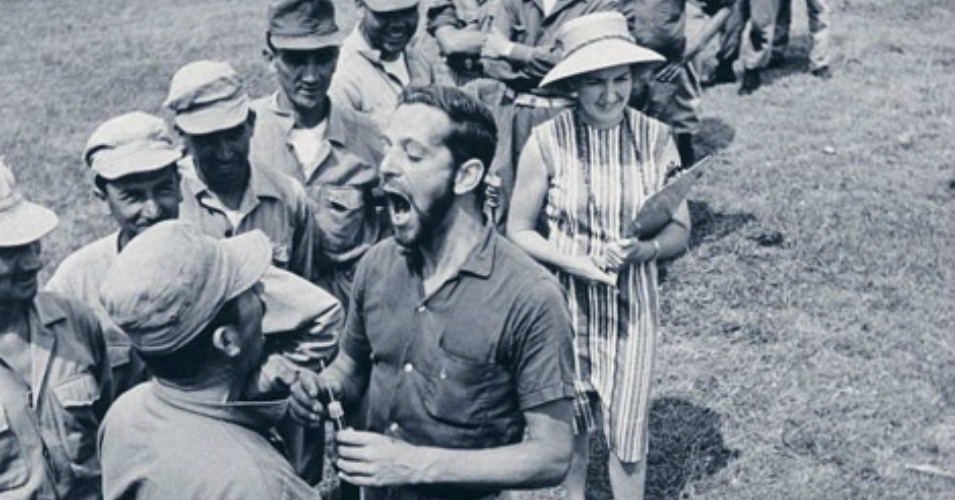
The syphilis experiments in Guatemala were United States-led human experiments conducted in Guatemala from 1946 to 1948. It was done during the administration of American President Harry S. Truman and Guatemalan President Juan José Arévalo with the cooperation of some Guatemalan health ministries and officials.
Doctors infected soldiers, prostitutes, prisoners and mental patients with syphilis and other sexually transmitted diseases, without the informed consent of the subjects, and treated most subjects with antibiotics. This resulted in at least 83 deaths. In October 2010, the U.S. formally apologized to Guatemala for conducting these experiments.
5) Murder For Dissection
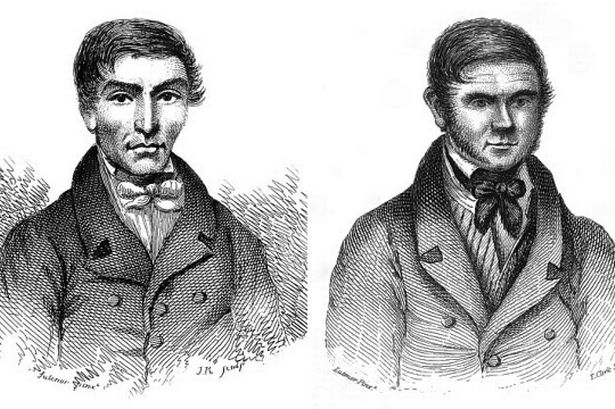
Until the 1830s, the only legally available bodies for dissection by anatomists were those of executed murderers. Executed murderers being a relative rarity, many anatomists took to buying bodies from grave robbers ¾ or doing the robbing themselves.
Edinburgh boardinghouse owner William Hare and his friend William Burke took this entrepreneurial activity one step further. From 1827 to 1828, the two men smothered more than a dozen lodgers at the boardinghouse and sold their bodies to anatomist Robert Knox, according to Mary Roach's "Stiff: The Curious Lives of Human Cadavers" (W.W. Norton & Company, 2003). Knox apparently didn't notice (or didn't care) that the bodies his newest suppliers were bringing him were suspiciously fresh, Roach wrote.
Burke was later hanged for his crimes, and the case spurred the British government to loosen the restrictions on dissection.
4) Live Surgery On Female Slave
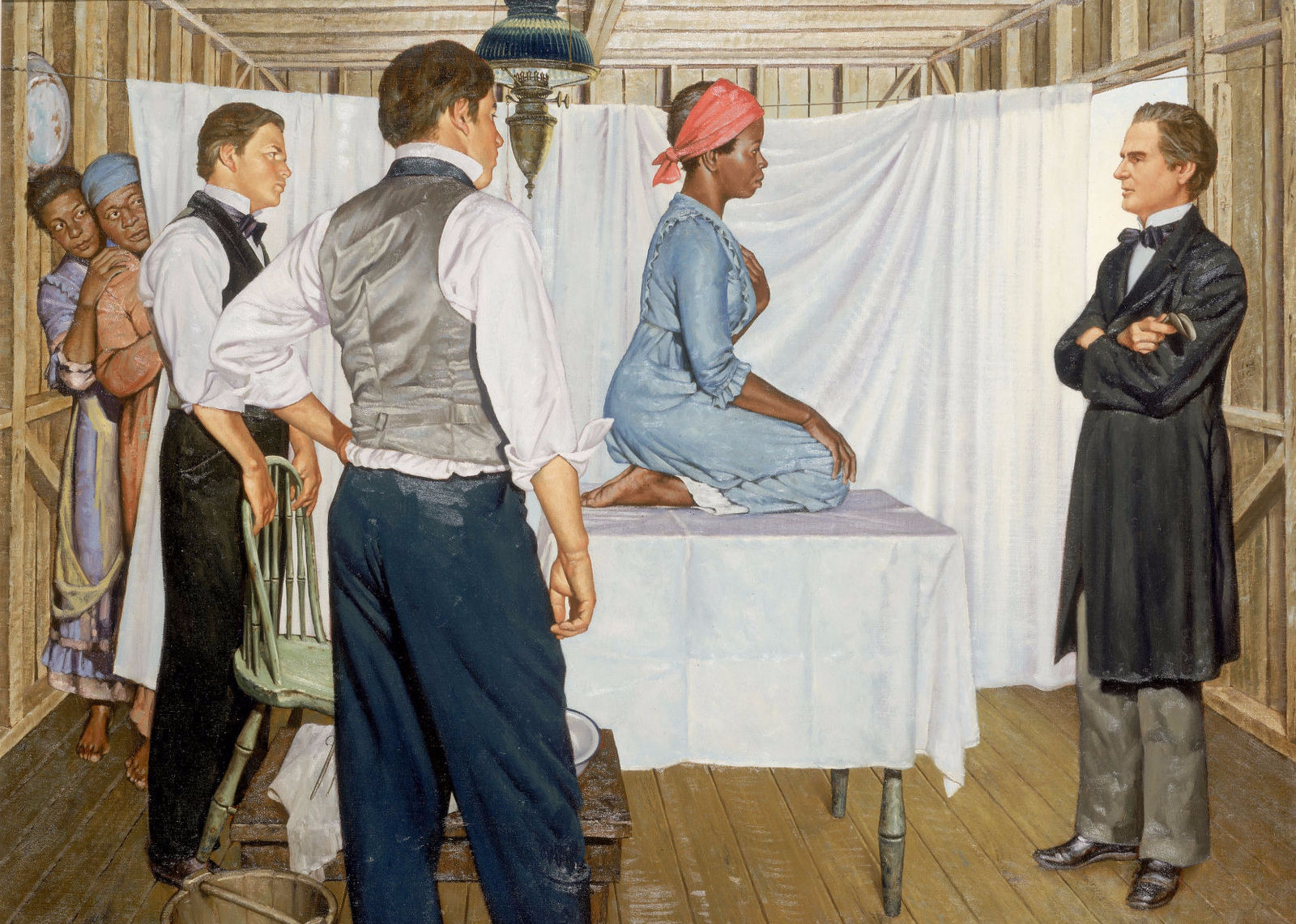
The father of modern gynecology, J. Marion Sims, gained much of his fame by doing experimental surgeries (sometimes several per person) on slave women. Sims remains a controversial figure to this day, because the condition he was treating in the women, vesico-vaginal fistula, caused terrible suffering. Women with fistulas, a tear between the vagina and bladder, were incontinent and were often rejected by society.
Sims performed the surgeries without anesthesia, in part because anesthesia had only recently been discovered, and in part because Sims believed the operations were "not painful enough to justify the trouble," as he said in an 1857 lecture.
Arguments still rage as to whether Sims' patients would have consented to the surgeries had they been entirely free to choose. Nonetheless, wrote University of Alabama social work professor Durrenda Ojanuga in the Journal of Medical Ethics in 1993, Sims "manipulated the social institution of slavery to perform human experimentations, which by any standard is unacceptable."
3) Injecting People With Radioactive Materials
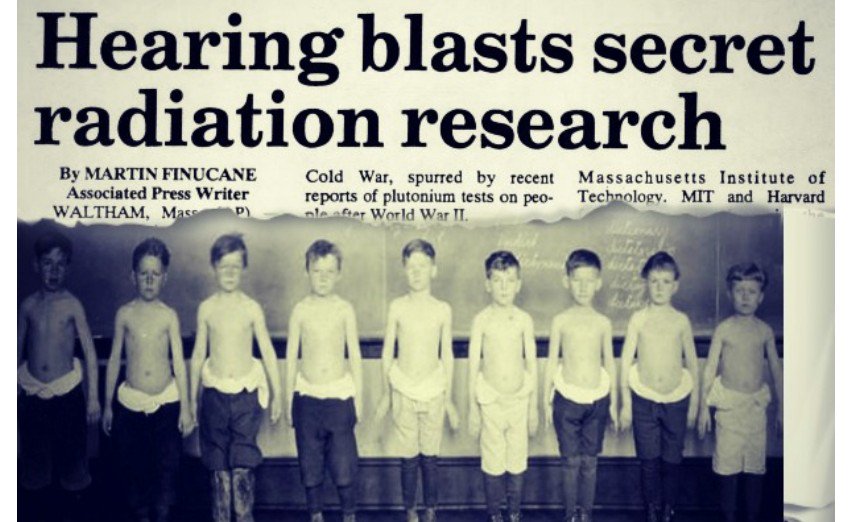
In the ’50s and ’60s, there was hardly a quicker way to get your research funded by the U.S. government than to pitch the idea of exposing people (especially minorities) to ridiculous amounts of radiation to see what would happen. Some of the highlights:
As part the program to develop nuclear weapons, unsuspecting soldiers and patients at a Chicago hospital were injected with some of the weapons’ chief ingredient: plutonium. Unsurprisingly, only about one in four lived long enough to hear about what had been done to them.
2) Conjoined Twins Nazi
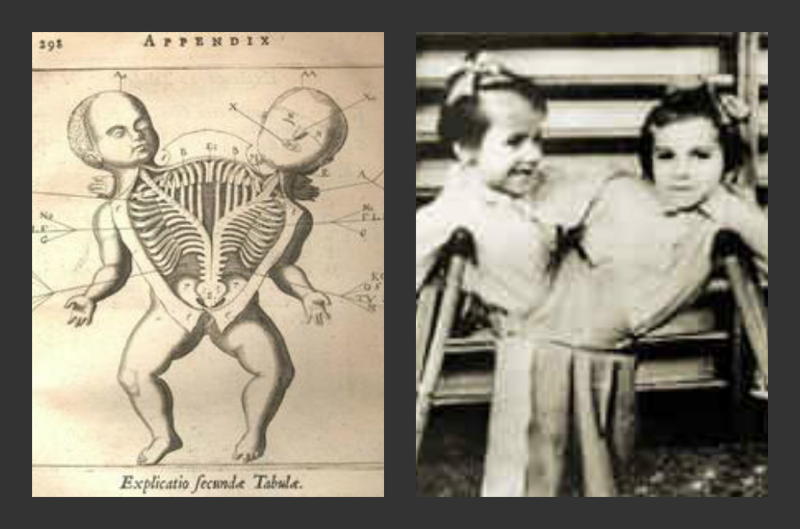
Almost any list of “X Most Evil Whatevers” is pretty much obligated to have a bunch of Nazis evil experiments on it, even if it’s just a list of evil cupcake recipes. In nonconsensual medical experiments of dubious scientific value, however, the Nazis really outdid themselves. Never has so much that was so bad been done for the enlightenment of so few for such little identifiable purpose.
At Auschwitz, Dr. Josef Mengele injected dye into the eyes of children to see if he could permanently change their color. He also famously tried to create conjoined twins by stitching his patients together.
1) Radioactive Materials In Pregnant Women
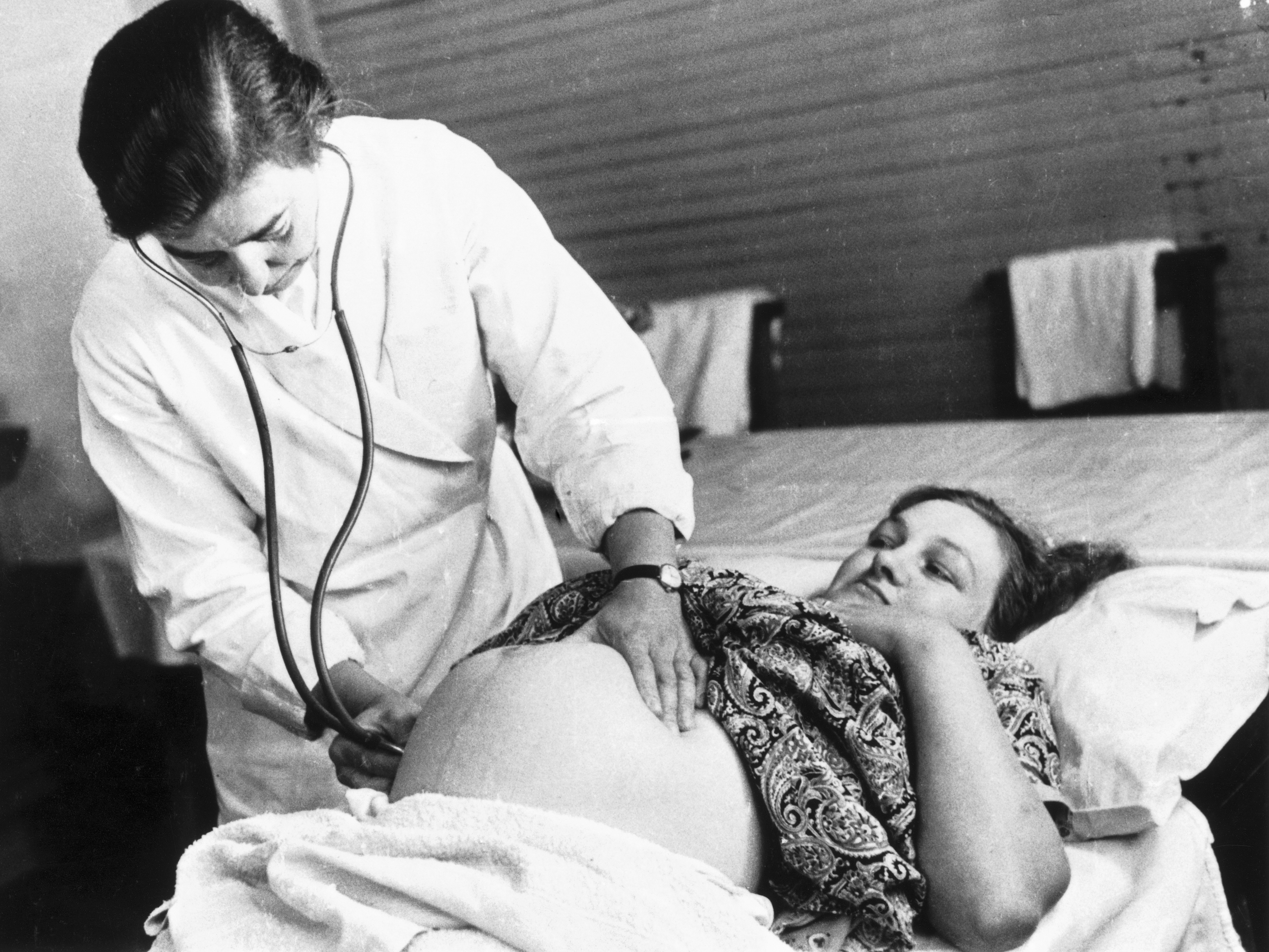
Shortly after World War II, with the impending Cold War forefront on the minds of Americans, many medical researchers were preoccupied with the idea of radioactivity and chemical warfare. In an experiment at Vanderbilt University, 829 pregnant women were given “vitamin drinks” they were told would improve the health of their unborn babies. Instead, the drinks contained radioactive iron and the researchers were studying how quickly the radioisotope crossed into the placenta.
At least seven of the babies later died from cancers and leukemia, and the women themselves experienced rashes, bruises, anemia, loss of hair and tooth, and cancer.
Popular Posts
9 Weird Mormon Rules & Beliefs That Make Them Different from Other Communities
Mormons are from a cultural group related to Mormonism. It is the religious tradition of the latter-day saint movement of Restorationist Christianity initiated by Joseph Smith.
Augustus Perez
12 Missing People Who Disappeared Mysteriously and Later Found Alive
The news of lost people coming back to life or found alive makes for great headlines but is an emotionally wrecking experience in reality, here are some strange stories of missing people who were found alive!
Augustus Perez
Mel's Hole: The Mysterious Infinite Pit Legend Debunked
The Mel’s Hole legend was baselessNevadaand it lived for a long amount of time, maddening curious minds with what lies beneath.
Kevin Green








